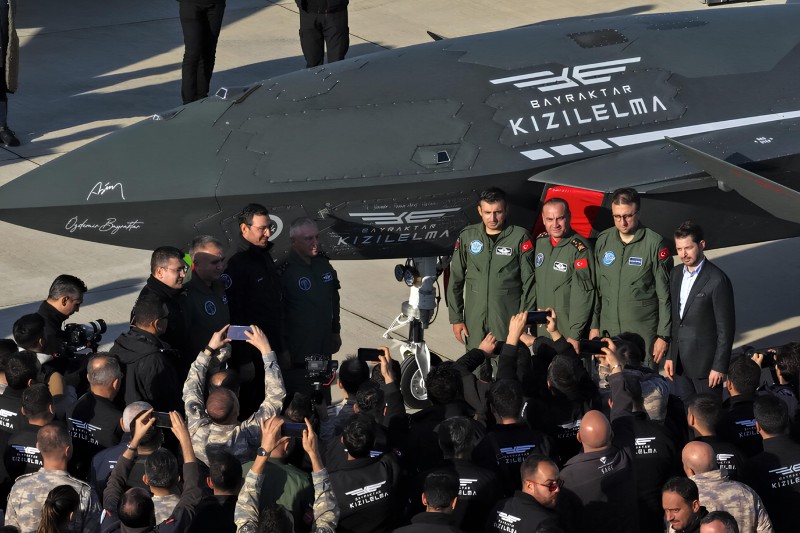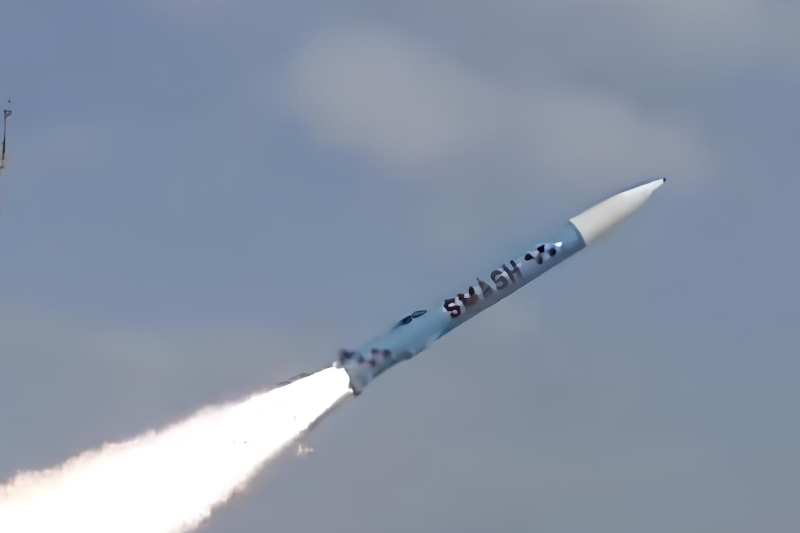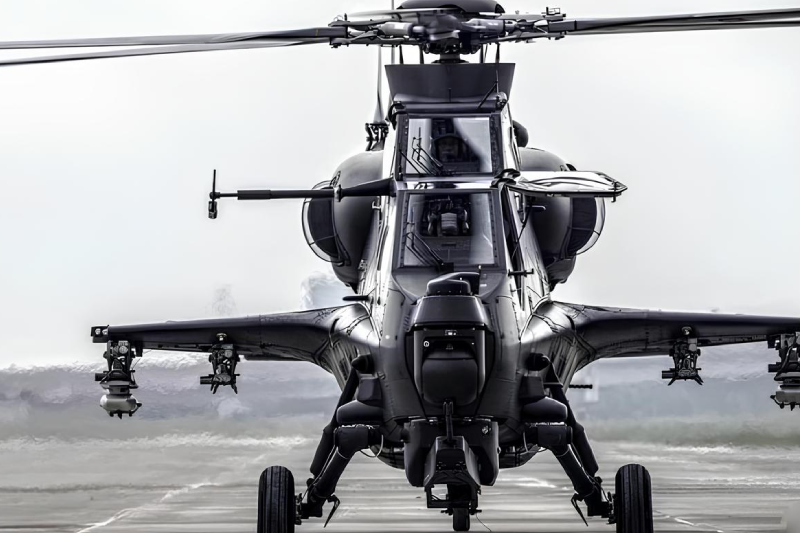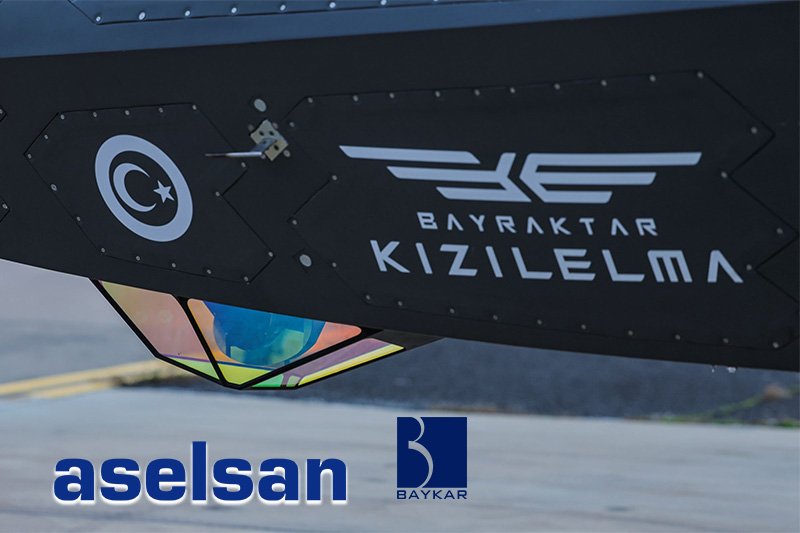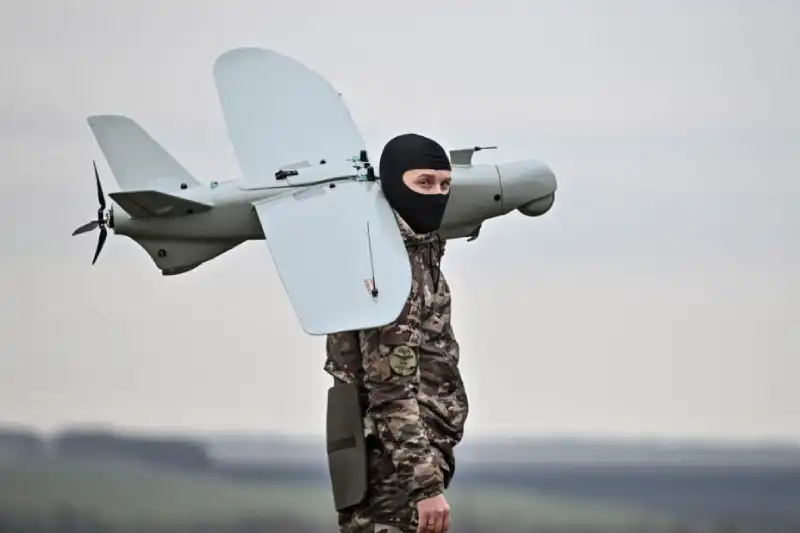Employment of Emerging Technologies in the Russia-Ukraine War
Since Russia’s full-scale invasion of Ukraine in February 2022, the conflict has evolved into a testing ground for emerging, advanced, and evolving military technologies. From autonomous drone swarms to artificial intelligence-driven systems and sophisticated electronic warfare capabilities, both Russian and Ukrainian forces have adopted large-scale technological innovations.
In 2024, Ukraine produced over 2 million domestically built drones, including strike quadcopters, winged reconnaissance platforms, and FPV (first-person view) systems accounting for 96% of its UAV usage. The country aims for 4.5 million UAVs in 2025. Russian drone output, supported by Chinese and Iranian components, is also rising fast.
AI Integration and Autonomous Systems
A standout case was Operation Spiderweb on June 1, 2025, where Ukraine deployed 117 FPV drones to strike at multiple Russian airbases, destroying or damaging dozens of bombers and command aircraft, inflicting an estimated $7 billion in losses.
Ukraine has integrated AI/ML algorithms into drone targeting and navigation, leading to dramatic improvements in strike success autonomous “final approach” segments boost hit rates from roughly 10–20% to 70–80%. As of early 2025, only a small portion (≈10,000) of Ukrainian drones use AI-assisted navigation, but this figure may rise to 50% of new purchases in 2025, significantly enhancing battlefield lethality.
Command and Control Systems
Ukraine’s Delta system, developed by Aerorozvidka and the Ministry of Digital Transformation, aggregates real‑time data from drones, satellites, sensors, and intelligence to support battlefield planning and target acquisition, enabling coordination across multiple domains. AI-powered “mother drones” carry FPV teams deep into enemy territory, then release them for final strikes. Meanwhile, Russia has taken steps toward autonomy planning to field AI-enabled UAVs like the Saker Scout and SkyKnight2, and seeking cooperation with China under its new AI Alliance. But full-scale autonomous deployment remains limited.
Swarm Operations and Defense
Swarm drone operations are increasingly common, especially by Ukraine, though autonomy levels vary. Small coordinated groups of 3–10 drones operate together, sharing information and evading jamming in real time. Russia is reportedly developing similar swarm tactics, expecting field deployment in 2025. Counter‑swarm defense is also evolving: kinetic interception is becoming less effective against large swarms, while electronic warfare (EW) and signal disruption remain the main defenses.
Electronic Warfare Evolution
Ukraine’s private sector and state agencies now involve over 140 companies producing EW equipment, delivering more than 11,000 systems in 2024, a 300‑fold increase over 2023. Systems such as Piranha AVD‑360, Lima, ETER, and lightweight anti-FPV solutions are widely deployed, often mounted on vehicles or carried by individual units. Russia relies on advanced systems like the Krasukha‑4, Borisoglebsk‑2, Repellent‑1, and new platforms such as Solyaris NS and Bylina, capable of long-range jamming and automated signal suppression. Russian EW adaptation lagged Ukrainian innovations initially but has advanced rapidly achieving 85–90% interception rates against Ukrainian drones by mid‑2024 through layered tactics.
Cyber Warfare Domain
Large-scale cyberattacks preceded Russian ground operations, targeting Ukrainian banking, energy grids, and government infrastructure. Ukraine, in turn, executed retaliatory cyber operations disrupting Russian financial and media systems highlighting cyber as a central front in modern warfare. Although not covered here in depth, international intelligence assessments warn that Russia’s cyber‑espionage continues to focus on undermining Western logistics and tech industries supplying Ukraine.
Integrated Battlefield Intelligence
Ukraine’s Delta situational awareness system integrates diverse battlefield data into a unified command picture, supporting planning, targeting, and inter-unit coordination. The system was fully operational by August 2022 and continually scaled with NATO tech assistance. It supported identification of up to 1,500 confirmed targets daily during Ukraine’s Kyiv counter‑offensive. Palantir’s AI-enabled platforms aid in processing satellite imagery, drone feeds, and open intelligence to support targeting decisions making AI integral to command-and-control functions.
Operation Spiderweb: A Watershed Moment
This June 2025 covert drone operation marked a watershed moment. Ukraine smuggled drone parts in shipping containers, assembled FPV drones inside Russia, and launched them to destroy or damage up to 41 strategic aircraft, including Tu-95 bombers and A‑50 AWACS platforms. Using AI-guided targeting and redundant navigation protocols, the drones executed deep strikes under heavy jamming conditions, illustrating the future potential of semi-autonomous operations. This operation exposed vulnerabilities in traditional air defense systems of not just Russia but also Western countries.
Global Impact
The Russia–Ukraine war has accelerated the adoption of emerging technologies at an unprecedented pace. Ukraine’s modular AI efforts, domestic drone scale‑up, and integrated situational awareness tools backed by a vibrant tech ecosystem have given it an edge in innovation. Russia, while slower initially, is adapting rapidly, leveraging centralized industrial capacity to deploy advanced EW and AI systems. Despite the progress, fully autonomous systems remain rare. Most AI-enabled drones still depend on human oversight, and Russia continues to rely heavily on centralized command approaches.
Also read this: Germany to Provide Ukraine with $5B Patriot Missile Systems
The conflict is far from a future AGI-driven war, but it has established a new baseline where cheap drone swarms, AI-enhanced targeting, resilient EW, and data-driven command systems define operational advantage. The lessons from Ukraine are already influencing global military doctrines. Western militaries and NATO allies are urgently rethinking procurement, increasing investment in EW and drone countermeasures, and exploring software-defined warfare paradigms. As the battlefield expands into data, space, cyber, and machine autonomy, the Russia–Ukraine war remains the most consequential laboratory for 21st‑century conflict.
References
Keep connected with us at Facebook, Twitter, YouTube, Instagram & TikTok for the latest defense happening around the globe.
Discover more from International Defence Analysis
Subscribe to get the latest posts sent to your email.




